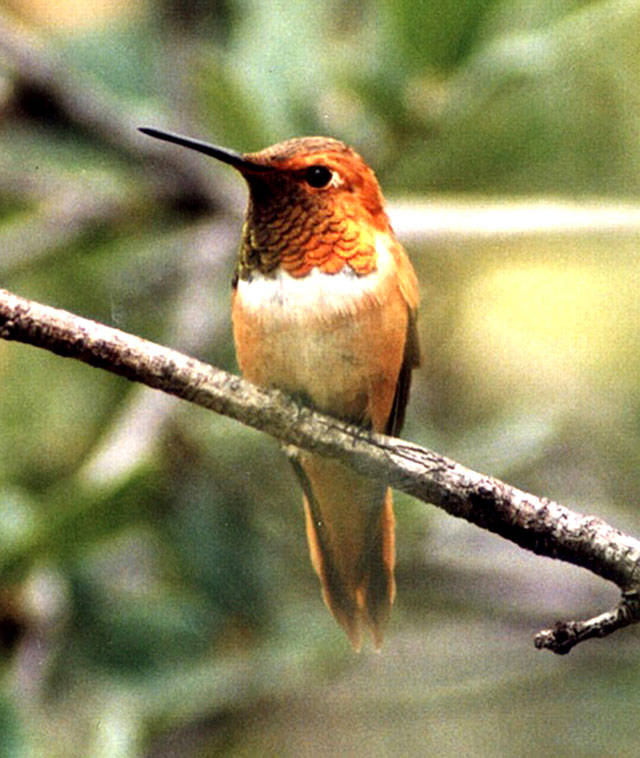By Hal Bernton
The Seattle Times
If climate change continues on its current trajectory, more than half of 296 Washington bird species face trouble as forests shrink, sea levels rise and the seasons warm, according to an Audubon study released Thursday.
The Washington outlook for the year 2100 includes population declines for many species as well as the potential for some localized extinctions as birds try to adapt to a warming world.
The state assessment is part of an Audubon study of U.S. bird populations in a world where temperatures climb by 3 degrees Celsius (5.4 degree Fahrenheit). That’s the forecast for the century’s end without major reductions in fossil-fuel emissions that scientists say are spurring climate change.
“We are talking about huge changes in all aspects of their life history — what they are eating, what their habitat is and where they are nesting,” said Trina Bayard, Audubon Washington’s director of bird conservation. “The issue is the pace of change.”
The Audubon study is based on 140 million Audubon bird records that document where bird species are now found, and models that predict how environmental conditions will change in the decades ahead. Audubon has been campaigning — both in Washington state and nationally — for greater action to reduce fossil-fuel emissions.
In Washington, some of the birds most at risk in a 3 degrees Celsius warming include the rufous hummingbird, the white-crowned sparrow and the Swainson’s thrush. All could lose more than 90% of the summer breeding ranges they now use in the state, according to Bayard.
The study also looked at the bird outlook if there is a huge effort to reduce carbon emissions, with no net increase in their levels by 2050, holding the temperature rise at the century’s end to 1.5 degrees Celsius.
Under that scenario, the prospects for many bird species appear much improved.
For North American birds, climate change in the 21st century follows a difficult 20th century.
Since 1970, the numbers of birds in the U.S. and Canada have fallen by 29% — about 3 billion birds — according to a study published in the journal Science last month.
That study was not intended to pinpoint the declines but found that the biggest hit was to grassland species. These birds probably suffered from modern agriculture and development, The New York Times reported. Pesticides also have played a role.
Birds also meet untimely ends from other perils, ranging from cats that stalk them to skyscrapers that they collide with in urban areas.
As climate change intensifies, birds in Washington will be confronting all sorts of challenges, such as shifts in the timing of plant blooms and insect hatches, according to Bayard.
There also is expected to be fewer forests, which are used by many of Washington’s bird species. Currently, conifer forests cover 59% of the state. By the end of the century, they are expected to cover 46% if the temperatures rise by 3 degrees Celsius, according to the Audubon report.


